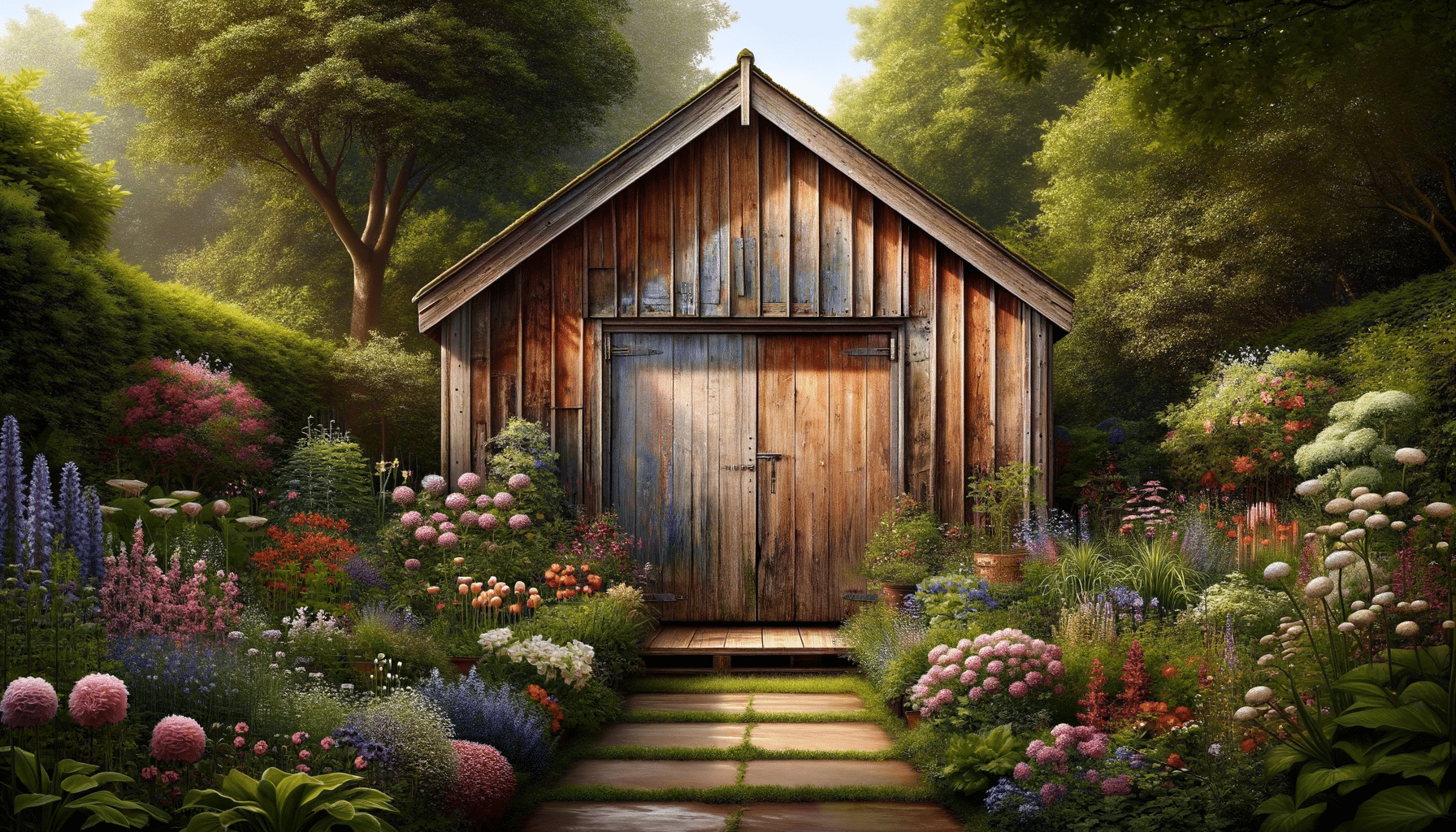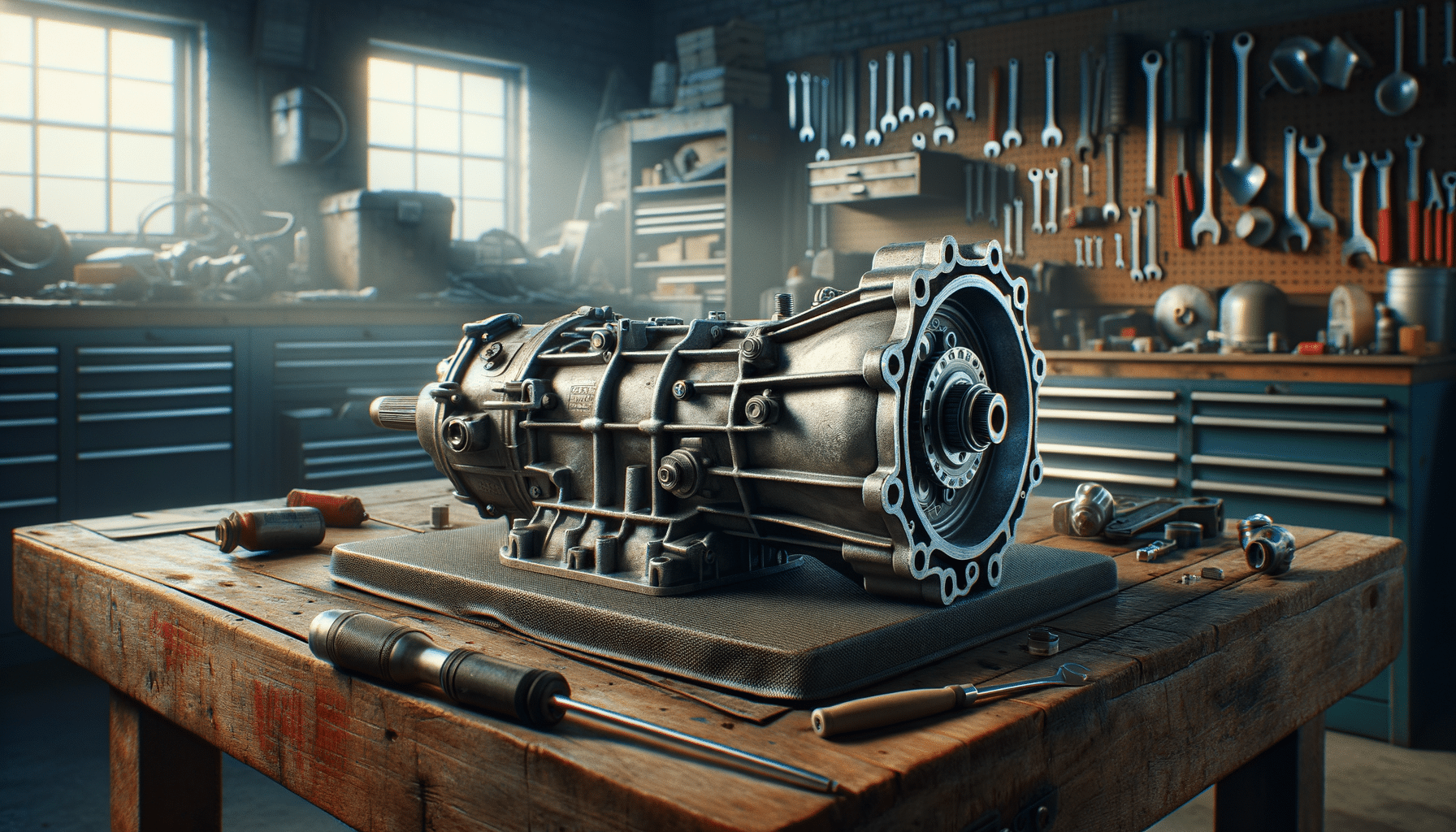
Exploring the Versatility and Benefits of Storage Sheds
The Multifaceted Utility of Storage Sheds
Storage sheds are more than just simple structures to store garden tools or seasonal decorations. They serve a multitude of purposes, making them a valuable addition to any property. These versatile structures provide an exceptional solution for decluttering homes, enhancing outdoor aesthetics, and even creating additional functional spaces.
One of the primary advantages of storage sheds is their ability to declutter indoor spaces. By relocating items such as lawn equipment, bicycles, and outdoor furniture to a dedicated shed, homeowners can free up valuable space within their homes. This not only improves the organization but also enhances the living environment by reducing clutter and creating a more spacious feel.
Moreover, storage sheds can significantly enhance the visual appeal of outdoor spaces. Available in various designs and materials, they can be customized to complement the architectural style of the main house or the surrounding landscape. A well-chosen shed can serve as a focal point in a garden, adding charm and character to the yard.
Beyond storage, sheds can be transformed into functional spaces such as workshops, hobby rooms, or even home offices. With the rise of remote work, many have found sheds to be an ideal solution for creating a quiet, dedicated workspace away from household distractions. This versatility makes storage sheds a practical investment for those looking to maximize the utility of their outdoor areas.
Choosing the Right Material for Your Storage Shed
When selecting a storage shed, the choice of material is crucial as it impacts durability, maintenance, and aesthetics. The most common materials used for storage sheds include wood, metal, and plastic, each offering distinct advantages and considerations.
Wooden sheds are renowned for their classic appearance and ability to blend seamlessly with natural surroundings. They provide excellent insulation and can be easily customized with paint or stains to match personal preferences. However, wooden sheds require regular maintenance, such as painting and sealing, to prevent rot and insect damage.
Metal sheds, on the other hand, are highly durable and require minimal maintenance. They are resistant to pests and can withstand harsh weather conditions, making them a reliable choice for long-term use. However, metal sheds may not offer the same aesthetic appeal as wooden ones and can be prone to rust if not properly treated.
Plastic sheds have gained popularity due to their lightweight nature and ease of assembly. They are resistant to rot and rust, and typically require the least maintenance. While plastic sheds may not have the traditional look of wooden sheds, they are available in a variety of colors and designs to suit different tastes.
Ultimately, the choice of material will depend on individual preferences, budget, and the specific needs of the property. Each material offers unique benefits, allowing homeowners to select the option that best aligns with their requirements.
Assessing the Size and Location of Your Storage Shed
Determining the appropriate size and location for a storage shed is essential for maximizing its utility and ensuring it complements the existing landscape. Several factors should be considered when making these decisions, including the intended use, available space, and local regulations.
The size of the shed should be aligned with its intended purpose. For basic storage of garden tools and equipment, a smaller shed may suffice. However, if the shed will be used as a workshop, art studio, or home office, larger dimensions may be necessary to accommodate workspaces and additional storage.
Location is another critical consideration. Ideally, the shed should be easily accessible and situated on level ground to ensure stability. Proximity to utilities such as water and electricity may also be important if the shed will be used for activities requiring these services.
Additionally, local zoning laws and homeowner association regulations may dictate specific requirements for shed placement, including distance from property lines and other structures. It is important to research and comply with these regulations to avoid potential issues.
By carefully assessing size and location, homeowners can ensure that their storage shed not only meets their practical needs but also enhances the overall functionality and aesthetics of their outdoor space.
Enhancing Your Storage Shed with Custom Features
Once the basic structure of a storage shed is in place, there are numerous ways to enhance its functionality and appearance through customization. Adding features such as windows, shelving, and lighting can significantly improve the usability and appeal of the shed.
Incorporating windows into the shed design can provide natural light, creating a more inviting and comfortable interior environment. This is particularly beneficial if the shed will be used for activities such as crafting or as a workspace. Additionally, windows can improve ventilation, helping to prevent moisture buildup and protect stored items.
Installing shelves and organizational systems is another effective way to maximize the storage capacity of the shed. By utilizing vertical space, homeowners can neatly organize tools, equipment, and supplies, making them easily accessible while keeping the floor area clear.
For those using the shed as a workshop or creative space, adding electrical wiring and lighting can enhance its functionality. Adequate lighting is essential for detailed tasks, and access to power outlets allows for the use of various tools and devices.
Customization options extend beyond practicality to aesthetic enhancements as well. Painting the shed in colors that complement the garden or adding decorative elements such as shutters and flower boxes can transform the shed into a charming feature of the outdoor area.
By incorporating custom features, homeowners can tailor their storage sheds to meet specific needs and preferences, resulting in a space that is both functional and visually appealing.
Maintenance and Longevity of Storage Sheds
Proper maintenance is key to ensuring the longevity and performance of storage sheds. Regular upkeep not only preserves the structural integrity of the shed but also maintains its appearance and functionality over time.
Wooden sheds require the most maintenance, as they are susceptible to weather damage and insect infestations. To protect the wood, it is important to apply sealants and paint periodically. Additionally, inspecting the shed for signs of rot or pest activity can prevent minor issues from becoming major problems.
Metal sheds, while generally low-maintenance, can benefit from occasional cleaning to remove dirt and prevent rust. Applying a rust-resistant coating can further protect the metal and extend the shed’s lifespan.
Plastic sheds are the easiest to maintain, typically requiring only periodic cleaning with soap and water to remove dirt and debris. However, it is important to ensure that the shed is properly anchored to prevent damage from strong winds.
In addition to material-specific maintenance, all sheds should be routinely inspected for any structural issues, such as leaks or damage to the roof and foundation. Addressing these issues promptly can prevent further damage and ensure the shed remains a reliable storage solution.
By implementing a regular maintenance routine, homeowners can ensure that their storage sheds continue to provide valuable storage and functional space for years to come.


